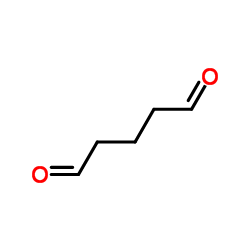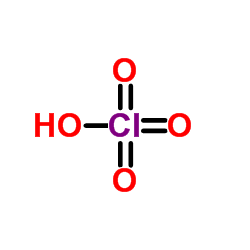| Structure | Name/CAS No. | Articles |
|---|---|---|
 |
Glycerol
CAS:56-81-5 |
|
 |
glutaraldehyde
CAS:111-30-8 |
|
 |
PERCHLORIC ACID
CAS:7601-90-3 |